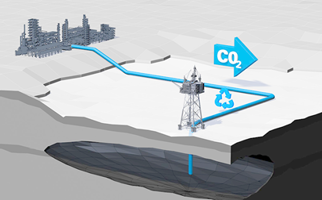
The annual Stewardship Survey got underway on Friday 1 November, starting the process of gathering vital information to support the industry.
More than 60 operators will supply data across 10 categories which will provide a depth and breadth of information that will underpin regulatory and business decisions throughout the year to come.
The 10 topics are – Licensing, Exploration & Appraisal, Reserves & Resources, Activity, Decommissioning, Production Efficiency, Technology, Supply Chain, Wells and GHG Emissions.
The information received is thoroughly checked for consistency and accuracy before being finalised by April of next year. It is then used by the NSTA to drive stewardship meetings, inform annual industry projections and guide asset stewardship activities.
It is also fed back to inform documents such as the Emissions Monitoring Report, Production Efficiency Report, and Unit Operating Cost Report. In addition, the information from the Activity section - which focuses on production, costs, and income forecasts from upstream oil and gas activities - is used to inform the NSTA’s estimates and projections which are provided to the Office for Budget Responsibility ahead of the Spring Statement.
The NSTA works with industry colleagues to improve the quality and impact of the data and to reduce the burden of completing the survey each year. This year, the GHG emissions and Decommissioning sections have been updated to tie in with the OGA Plan and improve the collection of emissions abatement data.
As committed to in the OGA Plan, and to ease compliance with the Plan, the NSTA has also today published an explanatory note to help licensees show how to meet the requirements for Emissions Reduction Action Plans (ERAPs).
ERAPs set out the steps licensees intend to take to reduce emissions from each of their assets. Emissions reduction projects of a certain size – and progress on the delivery of those projects – need to be reported to the NSTA through the Stewardship Survey.


